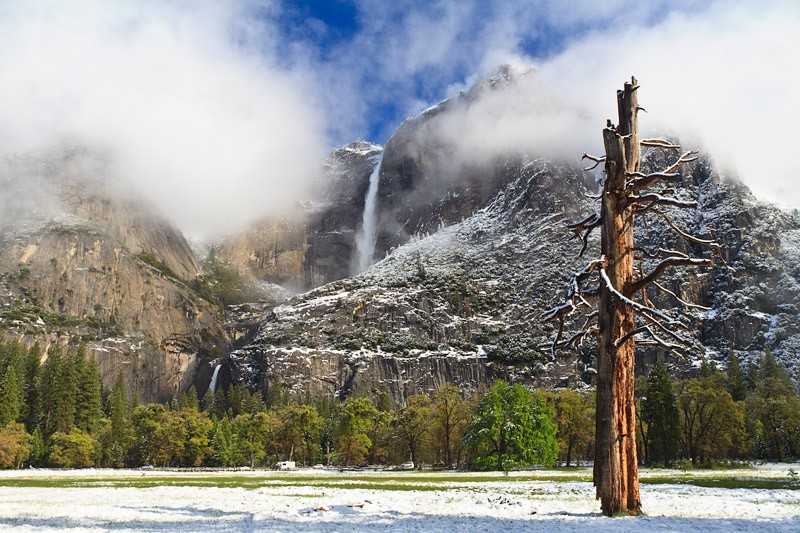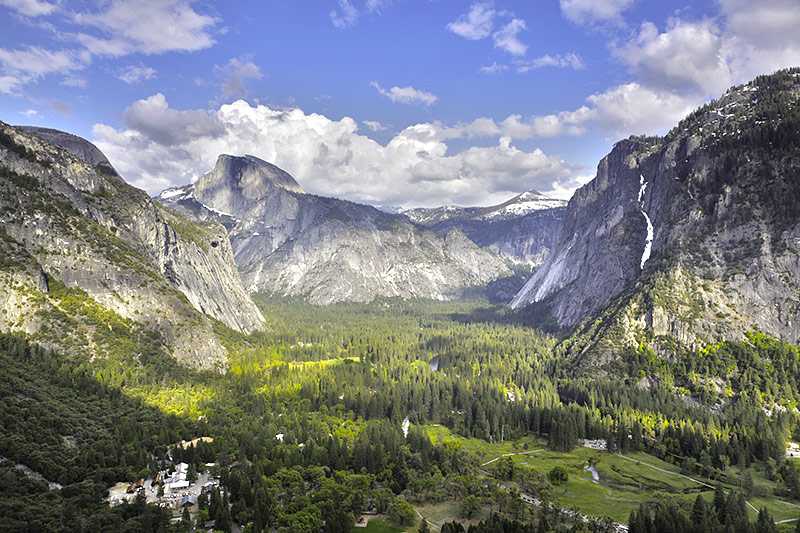Yosemite National Park
About Yosemite National Park
The Yosemite National Park was initially recognised as a special interest site in 1864. This was a landmark decision: it was the first instance of land being...
About Yosemite National Park
The Yosemite National Park was initially recognised as a special interest site in 1864. This was a landmark decision: it was the first instance of land being set aside by federal government for preservation and public use, and set a precedent and model for future national parks. Today, it is also designated UNESCO World Heritage Site.
Located in th...
Things to do near Yosemite National Park
Attractions near Yosemite National Park
Activities
About Yosemite National Park
About Yosemite National Park
The Yosemite National Park was initially recognised as a special interest site in 1864. This was a landmark decision: it was the first instance of land being set aside by federal government for preservation and public use, and set a precedent and model for future national parks. Today, it is also designated UNESCO World Heritage Site.
Located in the Sierra Nevada mountain range, in east-central California, the park covers some 3,108 km2 (1,200 mi2), nearly 95% of which is designated as wilderness, meaning it is protected by the United States Congress from further construction or development.
Landscape Features
The area has a Mediterranean climate with hot, dry summers and snowy, wet winters. Spring melt of this snow adds to the spectacular waterfalls for which the park is famed. The most visited of these is Yosemite Falls which, at 740 m (~2,428 ft), is classed as the tallest waterfall in North America.
The landscape also features imposing granite domes, valleys and canyons. Elevations range from 648 to 3,997 m (2,126 to 13,114 ft) and vegetation zones switch from oak woodland, to lower and upper montane forest, subalpine and alpine, playing host to rich and diverse habitats for a wealth of rare and more common flora and fauna.
There are three Giant Sequoia groves in the park, the largest of which is the Mariposa Grove. These contain impressively ancient trees, some of which are between 1,900 to 2,400 years old.
Tourism
Although there are over 3.7 million visitors per year, most confine themselves to the 18 km2 (~7 mi2) of Yosemite Valley which is open and easily accessible all year round. Between late autumn and mid to late spring, much of the remaining park can be closed due to snowfall.
Popular activities of course include hiking – there are over 1,287 km (~800 mi) of hiking trails. Rock climbing is another attraction: the park contains the famous El Capitan, a vast granite cliff which looms large over Yosemite Valley which draws in rock climbers of all abilities due to its range of climbs and all-year-round accessibility.

